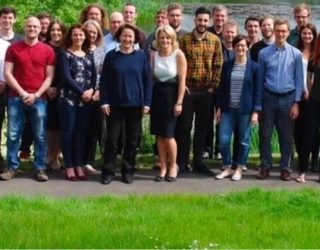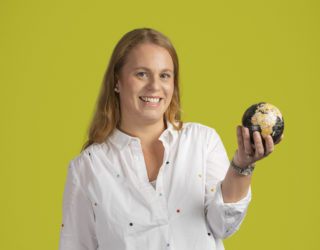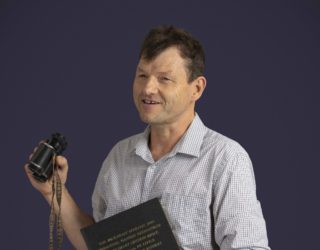Citizen science is simply the involvement of volunteers in science. People of all ages and varying levels of expertise can participate and there is often no special knowledge or equipment necessary.
It is rapidly becoming a popular method of collecting wildlife data, allowing large amounts of data to be collected, often all at the same time, allowing scientists and researchers to look at ‘snapshots’ or long termviews. Perhaps the most well-known and popular citizen science project is the RSPB’s Big Garden Birdwatch which requires from each person taking part just one hour of birdwatching a year. In 2016 over 500,000 people contributed records to the Big Garden Birdwatch, counting 8,262,662 birds and enabling the RSPB to build up a picture of UK garden bird populations over the years. Project Splatter, run by Cardiff University, is a more unusual project, asking people to report records of wildlife roadkill. The records entered are used to construct a ‘roadkill map’ which will help with research into the impact of roads on British wildlife.
It was local environmental recording centres (LERCs) that were perhaps the true pioneers of citizen science. LERCs are not-for-profit organisations that have been collecting, collating and managing records of wildlife sightings and plant records submitted by volunteers, special interest groups and professionals since 1964. Databases of species recorded in defined geographic areas are created and subsequently used to underpin science, policy and practical conservation. LERCs are often the first port of call for ecological consultants when they are commissioned to carry out an ecological survey. By purchasing data from the appropriate LERC, a list of wildlife and plant species that have been recorded in the survey area can be obtained. Although these records may not be a definitive list of the species that occur in the local area, the records can provide an idea of what may be present and help to determine which wildlife surveys may be required on a site.
There are hundreds of opportunities to get involved in biological recording; a quick internet search will lead you to them and a multitude of phone apps are available to help you identify, record, and sometimes even submit your wildlife sightings. It is fun way of adding an extra dimension to walk in the countryside or a half hour gaze out of the kitchen window. Whether you are passionate about plants, fascinated by fungi, mesmerised by mammals, intrigued by insects or even riveted by road kill there will be something to suit your interests. So next time you are out and about why not make your sightings count; grab your phone, or even an old fashioned pen and paper, and start recording, submit the records and you can be assured that they will be put to good use.
Just a few words of warning – BEWARE biological recording can be addictive and if you share your walks with fellow recorders, it can get very competitive!
Here are some popular free phone apps to help you with biological recording (there are many, many more available):
iRecord
GPS tagged species sightings with descriptions and other information can be submitted, providing scientists with important biodiversity information that contributes to nature conservation, planning, research and education. All wildlife sightings for non-sensitive species are shared with other users and are made available to National Recording Schemes, Local Record Centres and Vice County Recorders.
Mammal Tracker
Mammal tracker helps to identify mammal species and easily submit geo-located photos of UK sightings of mammals or signs of mammals such as droppings. All records received through the app, wherever they are in the UK, contribute to the National Mammal Atlas, a vital tool for advising on mammal conservation.
BirdTrack
This app makes it easy to log what you see wherever you go birdwatching. Records can be uploaded to a global database and are available for use in research and conservation at the local, national and global scale.
Plant Tracker
The Environment Agency, Scottish Natural Heritage, the Scottish Environment Protection Agency and Natural Resources Wales have joined forces to help combat the spread of the UK’s most problematic invasive, non-native plant species. The app provides help with identification and allows easy submission of records. Records are used to build a comprehensive picture of the UK’s invasive, non-native plant species.











